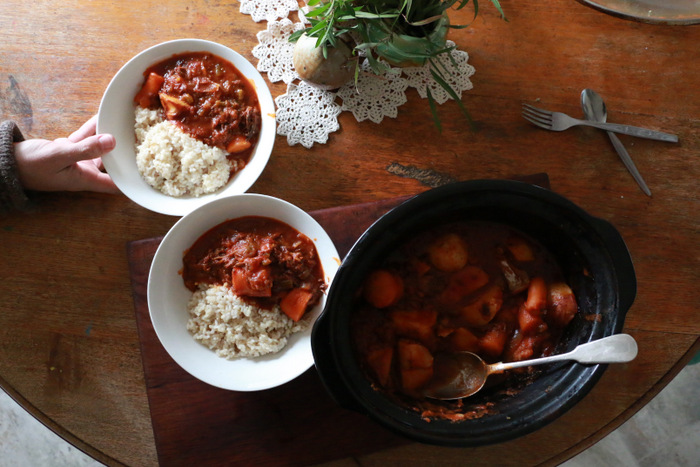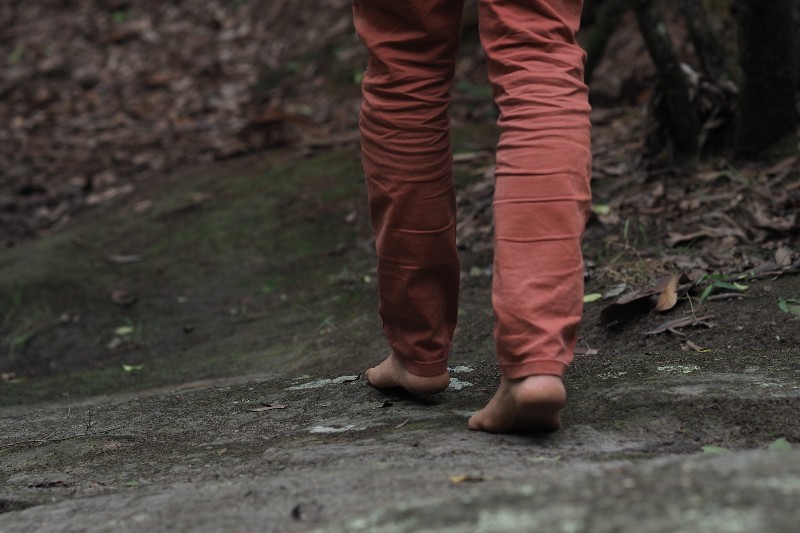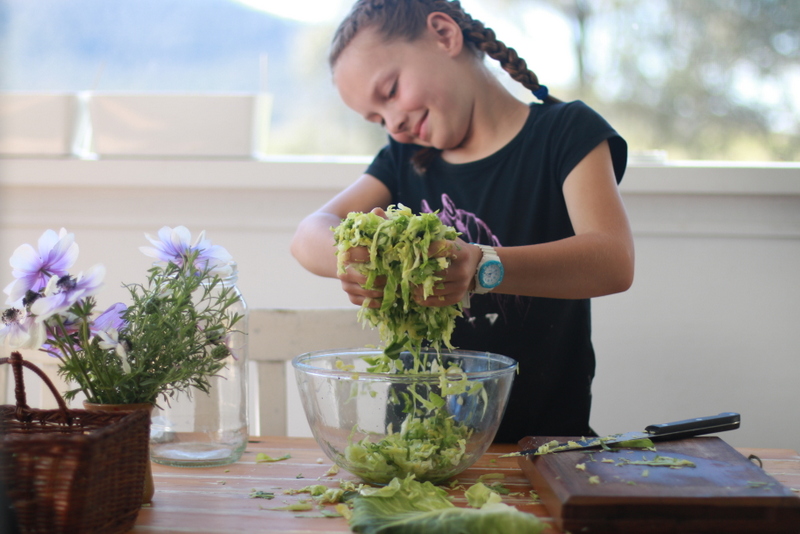I recently enjoyed a meal that I had been planning for months. A meal made from ethical, frugal and sustainable meat that would have otherwise gone to waste. The slow-cooked stew was nourishing, delicious and proudly served to my family. The key ingredient? Roadkill kangaroo.
Conversations about ethical meat have had me waiting for an opportunity to take my foraging to the next level. Roadkill kangaroo is sadly a frequent occurrence in my neighbourhood.
I have been buying kangaroo from the supermarket for years. It is a healthy and sustainable meat. But it is also packaged in plastic and transported half way across the country before reaching the supermarket shelves. Slowly, as I digested the idea of foraging roadkill kangaroo, the idea of buying it from the supermarket seemed more ridiculous than scavenging it from my local roadside.
A friend who knew of my mission told me of a kangaroo that he had dragged off the road moments after it was accidentally killed. It was fresh, looked healthy (other than being dead) and had bright clear eyes. Once an animal starts to stiffen and its eyes become cloudy, it is no longer safe to butcher.
Collecting just the tail seemed like an achievable introduction. Indigenous Australians have long cooked kangaroo tails by roasting over coals. And the internet is littered with recipes for kangaroo-tail stew or soup – both commonly eaten by early European colonists and in the Depression era.
I searched the internet for tips on how to chop off a kangaroo tail. Failing to find any useful advice, I gathered an axe and a hack-saw.
My husband and I headed out into the dark and tried to look like we weren’t doing anything unusual each time a car passed by. After a few surreal minutes, we returned home with a kangaroo tail.
Armed with a kitchen knife that was in need of sharpening, we clumsily removed the skin. After around half an hour (serenaded by grumbles from my husband that I was taking my passion for sustainable food too far) we were left with meat that looked like something we’d pick up from the butchers.
I seared the meat and placed it in a slow cooker with potatoes, onions, carrots and a single bay leaf. I intentionally kept the ingredients simple and covered with tomato passata and water and simmered for 24 hours. I removed the vegetables overnight so that they didn’t overcook and returned them to the pot an hour before serving.
The stew was delicious. It was the most time-consuming meal I have ever made – but it was also the most meaningful and memorable.
Roo tail stew is something I won’t make often – but I am glad that I’ve added roadkill stew to my list of skills. For me, a large part of sustainable living is connecting with the story behind my food and gaining competence in growing and foraging my own food.
I’m not suggesting that anyone should head out and try roadkill. Indeed, it is actually illegal to be in possession of any part of an Australian native animal without an appropriate licence. On that note, I will say that the stew pictured above may in fact be beef and perhaps I am telling a rather large “tail”.
Your roo tail stew may be switching to free-range eggs; or increasing the frequency of meat-free meals; or buying free-range ethically grown meat. Wherever your food boundaries currently sit, consider nudging yourself a little closer to truly connecting with the story behind your food.
Originally published in the Newcastle Herald Monday 28th July 2014.



